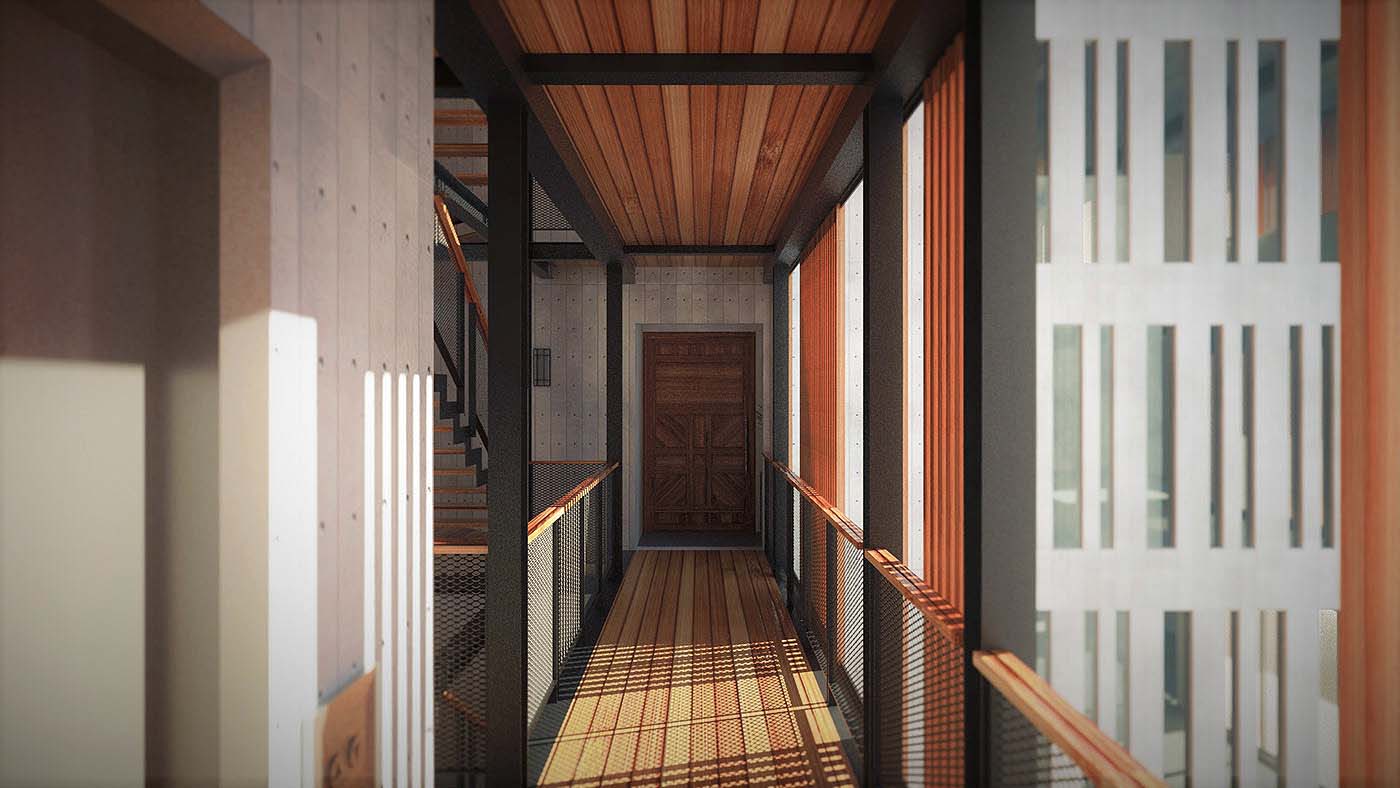In the words of famous architect Zaha Hadid, “I don’t do computers,” but let’s be real, who wants to create visualizations and renderings by hand when you can use CGI and 3D modeling software?
In all seriousness, lighting plays a crucial role in architectural visualization and rendering, and it’s important for architects and interior designers to understand the importance of lighting in the visualization and rendering process. And let’s be honest, there’s nothing more satisfying than impressing a client with your design skills and attention to detail, especially when it comes to lighting.
In the field of architectural visualization and rendering, lighting plays a crucial role in creating highly detailed and realistic visualizations of a space. Lighting helps to create depth and dimension, and it can greatly influence the overall mood and atmosphere of a space. However, many architects and interior designers may not fully understand the importance of lighting in the visualization and rendering process.
One of the most important aspects of lighting in architectural visualization and rendering is the ability to simulate real-world lighting conditions. In the past, architects and interior designers would rely on hand drawings and physical models to communicate their designs to clients. However, with the advent of computer-generated imagery (CGI) and 3D modeling software, designers can now simulate real-world lighting conditions, such as daylight and artificial light, which allows clients to get a better sense of what the finished project will look like.
Another important aspect of lighting in architectural visualization and rendering is the ability to experiment with different lighting scenarios. With traditional methods, it can be time-consuming and expensive to create multiple physical models or sets of blueprints. However, with CGI and 3D modeling software, architects and interior designers can quickly and easily create multiple variations of a design and experiment with different lighting scenarios in a virtual environment. This allows them to make more informed decisions about their designs and to respond more quickly to changes in the design process.
The use of virtual reality (VR) and augmented reality (AR) in architectural visualization and rendering is also becoming increasingly important. VR allows architects and interior designers to create fully immersive environments that clients can explore, while AR allows architects and interior designers to overlay virtual objects onto the real world. This allows clients to see how a design would look in their own space and gives them a more realistic and accurate understanding of the design concept.
In conclusion, lighting plays a crucial role in architectural visualization and rendering. It helps to create depth and dimension and can greatly influence the overall mood and atmosphere of a space. The ability to simulate real-world lighting conditions and experiment with different lighting scenarios, as well as the use of virtual and augmented reality, are becoming increasingly important in the visualization and rendering process. These tools and technologies allow architects and interior designers to create highly detailed and realistic visualizations of their designs and to communicate their designs to clients in a more effective way.
References:
- “The Importance of Lighting in Architectural Visualization and Rendering” by ArchDaily
- “The Future of Architectural Visualization: How CGI is Changing the Design Process” by AEC Magazine
- “The Impact of Virtual Reality on Architectural Visualization and Rendering” by Interior Design Magazine


